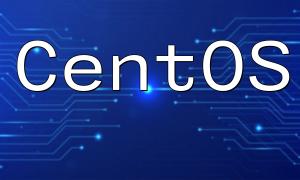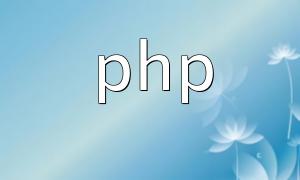This article will show you how to successfully install and configure PHP on a CentOS system, providing you with a stable and efficient PHP development environment. Whether you are a PHP beginner or an experienced developer, this guide will help you master the essential skills for configuring PHP on CentOS.
PHP (Hypertext Preprocessor) is a widely-used open-source scripting language, primarily used for web development. PHP can be embedded into HTML, providing powerful features for dynamic websites. Understanding how to install and configure PHP on CentOS is an essential skill for every developer.
Before starting the installation, ensure your CentOS system is up to date. You can update your system using the following command:
To install the latest version of PHP, you need to enable the EPEL and Remi repositories. Use the following commands to install these repositories:
Once the Remi repository is enabled, you can install PHP and its common extensions using the following command:
After installation, you need to configure PHP according to your needs. The main configuration file for PHP is located at /etc/php.ini. You can edit it with the following command:
In the php.ini file, you might want to adjust the following common configurations:
After making changes to the configuration, restart the PHP-FPM service for the changes to take effect. Use the following command to restart it:
To verify if PHP has been installed successfully, you can create a test PHP file in the root directory of your web server. The file should be named info.php and its content should be as follows:
After saving the file, you can access it through your browser at http://your_server_ip/info.php to check your PHP configuration.
This CentOS PHP configuration guide aims to help you complete the installation and configuration of PHP successfully, providing you with a solid foundation for PHP development. Whether you're a beginner or an experienced developer, these steps will ensure you have the right setup to start building PHP applications. If you run into any issues, you can always refer to documentation or community resources for further assistance.









